
General Idea
Xiamen is a beautiful tourist city. Thanks to its picturesque scenery and abundant foods, it is home to a large number of egrets, hence the name ‘Egret Island'. Located in the southeastern coastal area of China, Xiamen is linked with Zhangzhou, presenting the landscape of the Golden Triangle in South Fujian, and faces Jinmen across the sea. The city has a sub-tropical maritime climate, and it is like spring all the year around. With various kinds of beautiful flowers, a great number of egrets flying leisurely and carefree, Xiamen id an ideal holiday resort, a paradise for tourists.
The city's clean, tidy and sanitary environment, civilized and polite citizens and a natural and beautiful environment have formed the harmonious, quiet and peaceful features and atmosphere.
In Xiamen, time seems go slowly. The calm pedestrians on the street, the people drinking Gongfu Tea in leisure, and the locals who speak slow South Fujian dialects create a leisure and comfortable atmosphere. With smooth traffic, people need not to be hurry to go on a trip to other places. In Xiamen , tourists will slow down their steps without knowing while enjoying the city's special taste.
With convenient transportation facilities, Xiamen is easily accessed by air, railway and highway. The Xiamen Gaoqi Airport is one of the hubs of communications in East China, with scheduled flights going to all big and medium-sized cities in China , and 34 regional and International air routes have been opened.
In such a city full of vitality, tourists can feel the fast changes brought forth by modern civilization everyday, enjoy classical romance and warmth, and feel leisure and tranquility in a land of peace, away from the turmoil of the world. When you are accustomed to drinking Gongfu Tea leisurely like the people on Egret Island or are sentimentally attached to the san beached under sunshine, it means Xiamen 's spirits have been deeply impressed on the mind.
Area Code: 0592
Zip Code: 361000
Area: an area of 1,565 square kilometers
Geography and Climate
Geography: Xiamen comprises Xiamen Island (longitude 118° 04'04"E, latitude 24° 26'46" N.), Gulangyu Island, and larger region on the mainland stretching from the left bank of the Jiulong River in the west to the islands of Xiang'an in the north east. This region accounts for four of the municipality's six district governments; Huli District and Siming District (except Gulangyu) are on Xiamen Island. The Gaoji (Gaoqi-Jimei) Causeway built in 1955—57 transformed Xiamen Island into a peninsula and so it was termed in the heady propaganda of the time.
Just east of Xiamen Island are the islands of Quemoy (Kinmen, or Jinmen) and Little Quemoy (Xiao Jinmen), which are governed by the Republic of China, based in Taiwan.

Population: a population of 2.25 million
Administrative Division: Now the city has jurisdiction over six districts including Siming, Huli, Haicang, Jimei. Tong'an, Xiang'an, and so on
Climate: Xiamen has a monsoonal humid subtropical climate (Koppen Cfa), characterised by long, hot and humid summers and short, mild and dry winters. It is liable to typhoons in late summer and early autumn. The warmest month is July, at 28.5 °C (83.3 °F), and oddly, the coolest month is February, at 13.2 °C (55.8 °F). The annual precipitation is 1,350 mm (53.1 in), with substantial rainfall beginning in late February. According to the CMA, Xiamen's lowest recorded temperature is 1.5 °C (34.7 °F), and therefore snow has never been recorded here.
History
Xiamen is an island city with a rich and dramatic history, replete with pirates, rebel leaders, and European merchants. Now linked to mainland Fujian by a causeway, Xiamen retains a strong international flavor. Known in the West as Amoy, Xiamen has a long history as a port city, and later became a center of British trade in the 19th century. Their foreign settlements, later taken over by Japanese invaders at the start of World War II, were established on the nearby small Gulangyu Island. Many of the old treaty-port and colonial buildings in Western styles survive. Xiamen was declared one of China’s first Special Economic Zones in the early 1980’s, taking advantage of the city’s heritage as a trading center and the proximity to Taiwan. Today Xiamen is one of China’s most attractive and best-maintained resort cities.
Xiamen was founded in 1394 at the beginning of the Ming dynasty as a center of defense against coastal pirates. Its prosperity was due to its deepwater sheltered harbor, that supplanted nearby Quanzhou, the port that had been the center of the maritime trade with the Indies.
In the mid-17th century, Xiamen and Gulangyu Island became a stronghold of Zheng Chenggong, known in the West as Koxinga, a Ming loyalist who held out against the Manchu invaders until being driven to Taiwan. Born in Japan to a Chinese pirate father and a Japanese mother, Zheng became allied with holdout Ming princes in the south who hoped for a restoration. He built up a resistance force of some 7,000 junks and a mixed force of three-quarters of a million troops and pirates. In 1661 he drove the Dutch from Taiwan and set up another base there, before his death in 1662.
After the Opium Wars Xiamen became one of the first treaty ports to be opened to foreign trade and settlement following the Treaty of Nanjing in 1842. Gulangyu Island was transformed into an international settlement, where many Victorian and Neoclassical style buildings still survive. The city’s prosperity was due both to trade and to wealth sent back by Xiamen’s substantial emigrant community of overseas Chinese.
Xiamen is a beautiful tourist city. Thanks to its picturesque scenery and abundant foods, it is home to a large number of egrets, hence the name ‘Egret Island'. Located in the southeastern coastal area of China, Xiamen is linked with Zhangzhou, presenting the landscape of the Golden Triangle in South Fujian, and faces Jinmen across the sea. The city has a sub-tropical maritime climate, and it is like spring all the year around. With various kinds of beautiful flowers, a great number of egrets flying leisurely and carefree, Xiamen id an ideal holiday resort, a paradise for tourists.
The city's clean, tidy and sanitary environment, civilized and polite citizens and a natural and beautiful environment have formed the harmonious, quiet and peaceful features and atmosphere.
In Xiamen, time seems go slowly. The calm pedestrians on the street, the people drinking Gongfu Tea in leisure, and the locals who speak slow South Fujian dialects create a leisure and comfortable atmosphere. With smooth traffic, people need not to be hurry to go on a trip to other places. In Xiamen , tourists will slow down their steps without knowing while enjoying the city's special taste.
With convenient transportation facilities, Xiamen is easily accessed by air, railway and highway. The Xiamen Gaoqi Airport is one of the hubs of communications in East China, with scheduled flights going to all big and medium-sized cities in China , and 34 regional and International air routes have been opened.
In such a city full of vitality, tourists can feel the fast changes brought forth by modern civilization everyday, enjoy classical romance and warmth, and feel leisure and tranquility in a land of peace, away from the turmoil of the world. When you are accustomed to drinking Gongfu Tea leisurely like the people on Egret Island or are sentimentally attached to the san beached under sunshine, it means Xiamen 's spirits have been deeply impressed on the mind.
- Contact Us
-
Tel:
0086-571-88165708
0086-571-88165512E-mail:
admission@cuecc.com
- About Us
- Who We Are What we do Why CUECC How to Apply
- Address
- Study in China TESOL in China
Hangzhou Jiaoyu Science and Technology Co.LTD.
Copyright 2003-2024, All rights reserved





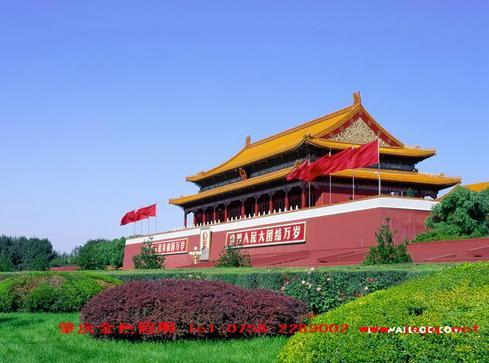
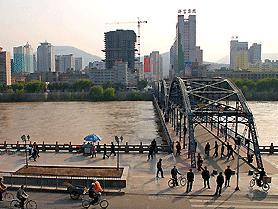
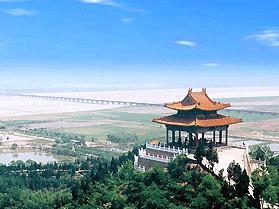
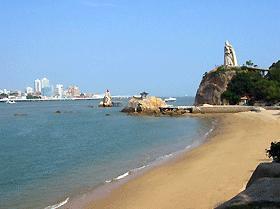
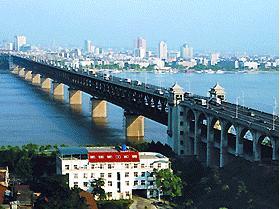
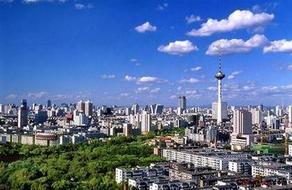
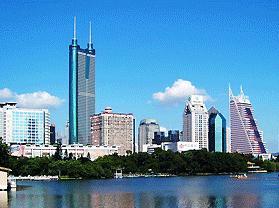



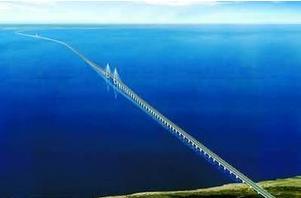

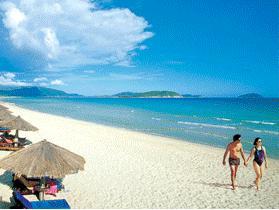
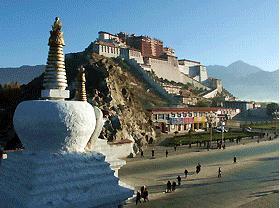
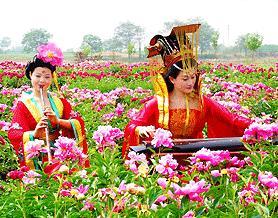
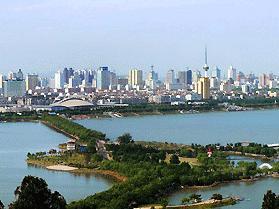
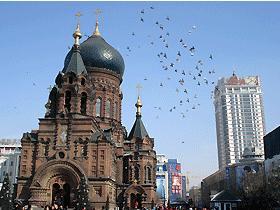
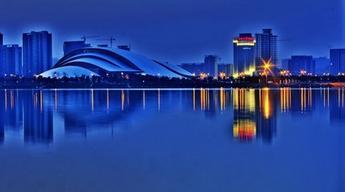
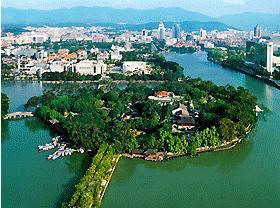
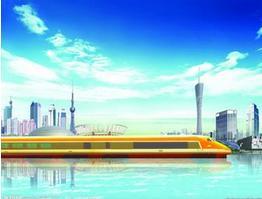
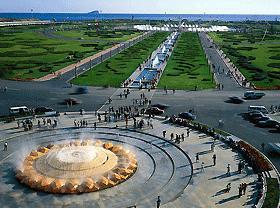
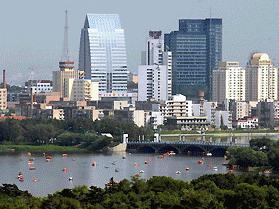
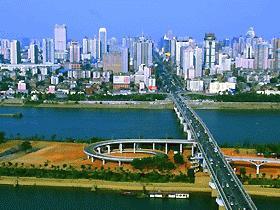
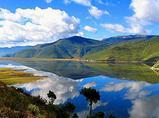



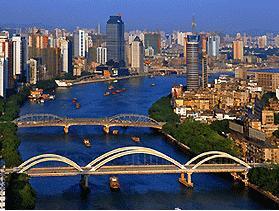
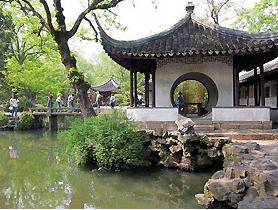

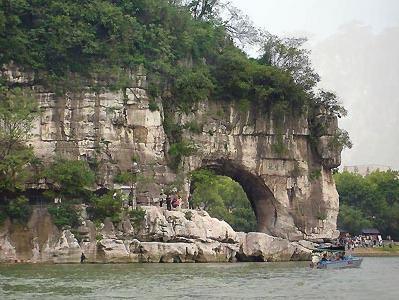

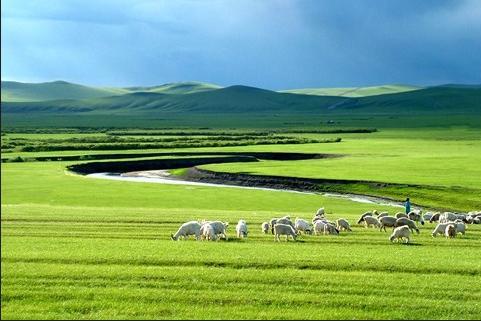

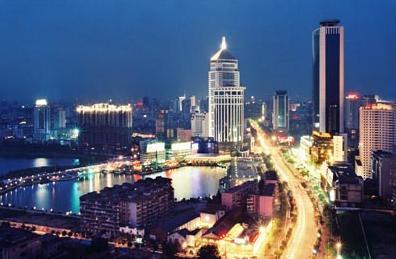
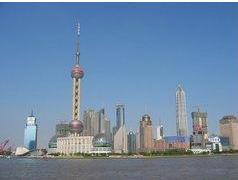


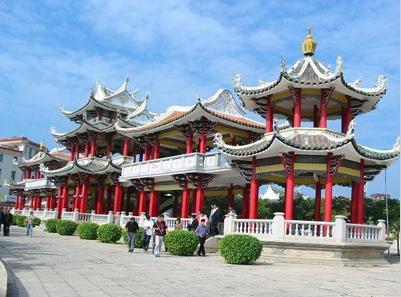

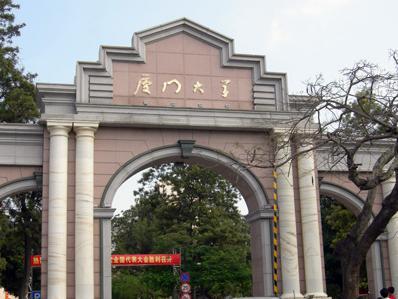
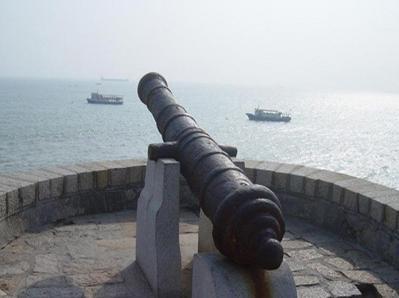

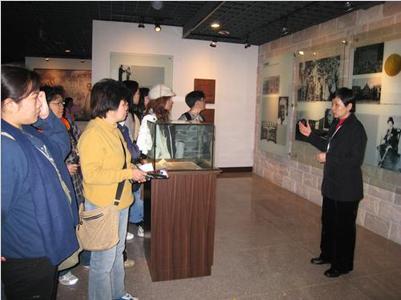
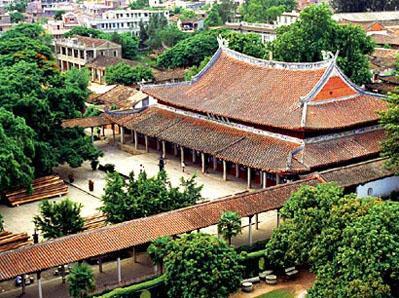
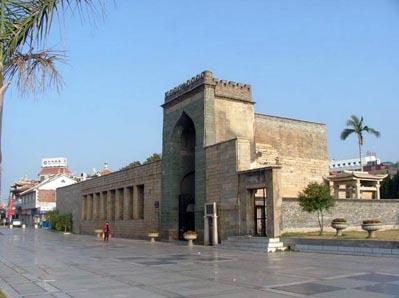

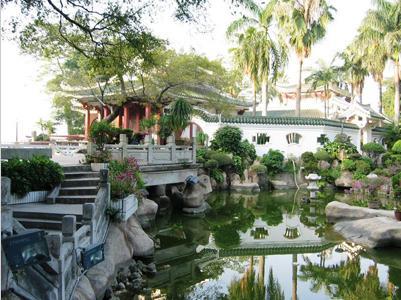
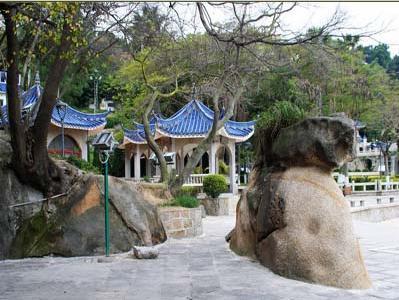
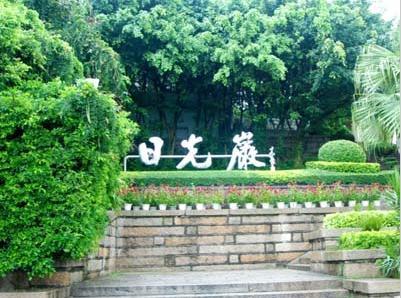

 Chinese
Chinese
 English
English
 Korean
Korean
 Japanese
Japanese
 French
French
 Russian
Russian
 Vietnamese
Vietnamese
